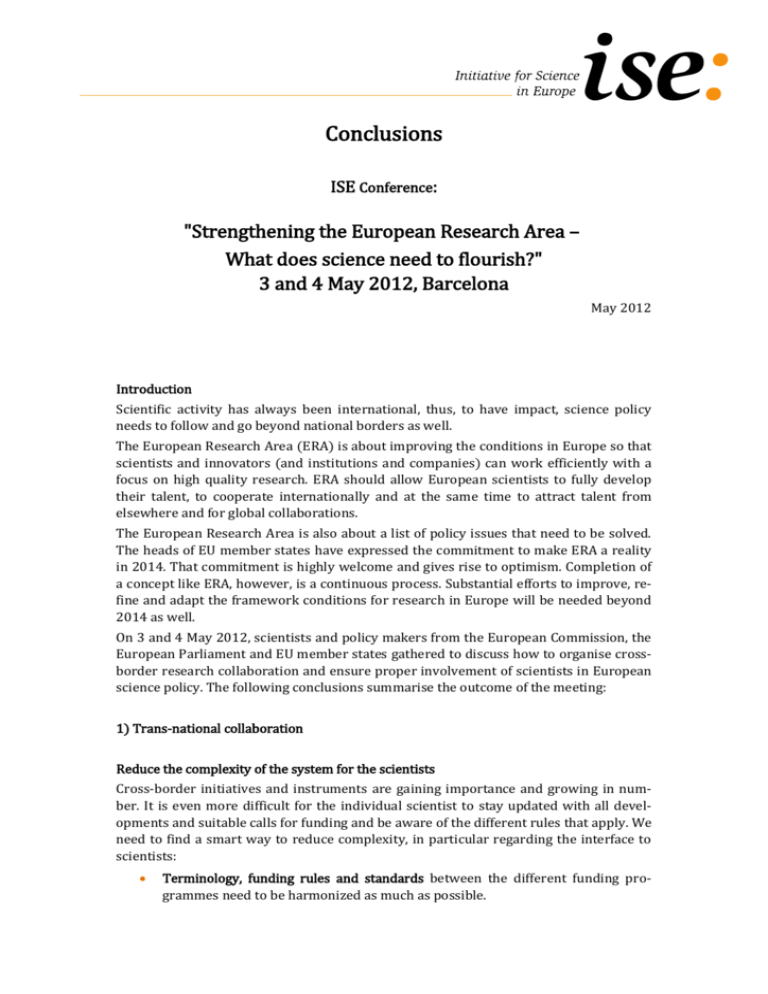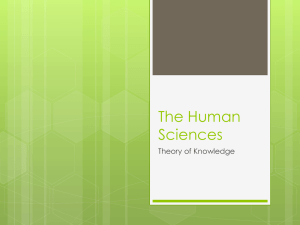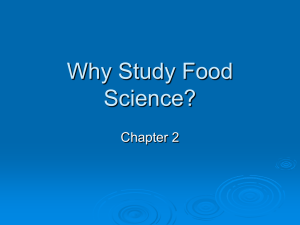conclusions-final - Initiative for Science in Europe
advertisement

Conclusions ISE Conference: "Strengthening the European Research Area – What does science need to flourish?" 3 and 4 May 2012, Barcelona May 2012 Introduction Scientific activity has always been international, thus, to have impact, science policy needs to follow and go beyond national borders as well. The European Research Area (ERA) is about improving the conditions in Europe so that scientists and innovators (and institutions and companies) can work efficiently with a focus on high quality research. ERA should allow European scientists to fully develop their talent, to cooperate internationally and at the same time to attract talent from elsewhere and for global collaborations. The European Research Area is also about a list of policy issues that need to be solved. The heads of EU member states have expressed the commitment to make ERA a reality in 2014. That commitment is highly welcome and gives rise to optimism. Completion of a concept like ERA, however, is a continuous process. Substantial efforts to improve, refine and adapt the framework conditions for research in Europe will be needed beyond 2014 as well. On 3 and 4 May 2012, scientists and policy makers from the European Commission, the European Parliament and EU member states gathered to discuss how to organise crossborder research collaboration and ensure proper involvement of scientists in European science policy. The following conclusions summarise the outcome of the meeting: 1) Trans-national collaboration Reduce the complexity of the system for the scientists Cross-border initiatives and instruments are gaining importance and growing in number. It is even more difficult for the individual scientist to stay updated with all developments and suitable calls for funding and be aware of the different rules that apply. We need to find a smart way to reduce complexity, in particular regarding the interface to scientists: Terminology, funding rules and standards between the different funding programmes need to be harmonized as much as possible. Initiative for Science in Europe – Draft Conclusions ISE Page 2 of 3 We need an efficient tool for scientists that lists all calls for a given profile and provides a comprehensive overview on relevant cross-border funding opportunities (“Netwatch1” is a first approach in this direction, but it needs to be refined and focused towards scientists). More energy should be invested in bringing together and interlinking instruments, rather than inventing new ones. Efforts to reduce bureaucracy for researchers should have high priority. That may involve more risk-taking or accepting a higher error rate if it leads to a higher gain Thematically open and science-driven funding programmes should be the main focus of European science policy. To make the national research funding system more open and compatible and to allow for cross-border research, instruments and principles such as Money Follows Researchers, Money Follows Cooperation line, Lead Agency Procedure, General peer-review collaboration,…) have been developed. However, the uptake and implementation of these instruments and principles is not satisfactory and universal. Challenges for the research community, the research councils and policy makers include: Identification and better understanding of the main obstacles that hinder a more universal application of cross-border cooperation instruments and principles. Regarding those agencies/research councils which do not yet apply the cooperation instruments and principles listed above, more information about their background and motives is required. In some countries, reforms will be needed to prepare the national research funding system for cross-border collaborations. There is a concern that principles such as “Money follows researcher” may lead to a unidirectional flow of money towards the west and north of Europe. Such a tendency is not only an issue for the coherence of the European research landscape, but can also be dangerous for the political acceptance of the European collaboration schemes. Cross-border funding opportunities should increasingly be available for research teams of smaller scale. The need for simpler and smaller grants concerns all scientific disciplines but is particularly relevant for mathematics or social sciences. Thematic and challenge-oriented research funding programmes should be based on a sound scientific foresight and strong interaction with the community. Several instruments have been developed to address the need for a coordination of research efforts. The following recommendations can be extracted from the discussions at the conference: JPI FACCE is a good practice example as regards to involving scientists. A similar open and inclusive approach including bottom-up elements should be followed 1 http://netwatch.jrc.ec.europa.eu/ Initiative for Science in Europe – Draft Conclusions ISE Page 3 of 3 by all public-public and public-private initiatives. The whole process, starting from defining scientific objectives, setting scientific research agenda and strategic research agendas up to the implementation needs to be underpinned by a consultation with the scientific community. Thematic research funding programmes can be a way to tap funds for research from other policy areas and budget headings. Public-Public Partnerships like Joint Programming or ERA-NETs should strive for large geographical coverage. We need to avoid cases, when best research teams are not eligible for participation only because their host country does not take part in the programme. There is a need for a flexible arrangement for the benefit of the whole programme. A challenge oriented approach to research funding is also an opportunity to consider inter- and transdisciplinary aspects. For example, food supply in developing countries is a research topic which can only be addressed by economists and social scientists in addition to climate biologists and agriculture researchers. 2) Involvement of scientists Stakeholder involvement leads to policies that are more balanced and also more widely accepted. The expertise of scientists is needed to take into account the variety and complexity of the European research and innovation architecture and to make instruments more adapted to the way science operates. That means in concrete terms: Scientists need to be involved in the policy-making processes at all stages. In particular, scientists should always be involved in formulating scientific needs. The challenge is to organise the right match-making between policy developments and scientists and their organisations. There is a lack of robust evidence to support policy decisions. More efforts are needed to better understand the need for intervention. Stakeholders should also be involved at the stage of organising the collection of evidence for policy making. It is important for policy makers to develop the right mindset to understand how science operates. As such, they need to interact constantly with scientists. European science policy needs to provide solutions for all branches of science. Policy makers have to be aware that science disciplines are different and onesize may not fit for all. It is the role of policy makers to listen to the scientists and learned societies, established scientific organisations and grass-root movements – not to organise the voice of science themselves. Decisions should be based on a wide variety of opinions, involving scientists from a diverse range of backgrounds, disciplines and regions in particular also young people.








